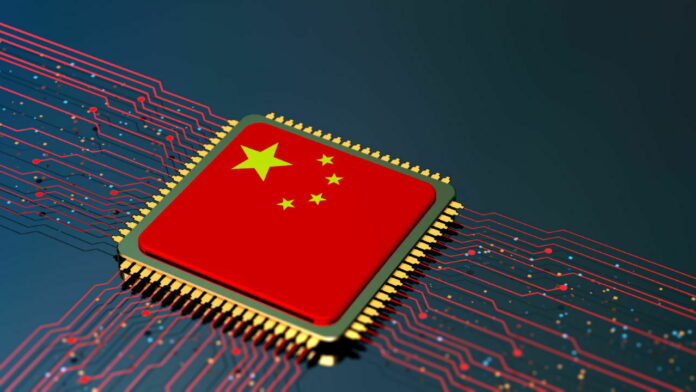China is finding it increasingly difficult to source and use the most advanced chips in the world due to US export sanctions, so it’s adopting a different tact and investing heavily in an alternative, open source chip architecture.
As the South China Morning Post(Opens in a new window) reports, rather than relying on x86 and ARM processors for its future computing needs, Chinese semiconductor companies are focusing on the development of RISC-V semiconductors for use in the country.
RISC-V is the fifth-generation of the RISC open standard instruction set architecture. It requires no fees to use, and therefore has no reliance on licenses controlled by companies outside of China. In total, 11 Chinese semiconductor companies are working on RISC-V chips right now for use in personal computers, electric vehicles, energy management, and wireless communication next year.
A number of these new RISC chips are designed to compete directly with ARM processors including the Cortex-A76, Cortex M, and Cortex R. It also helps that there’s strong support on the software side for RISC-V, including open source tools for development and Linux support. This will surely only continue to improve if China starts producing millions of RISC-V devices for use by its population and industries.
One key problem that remains unsolved for China is retaining access to the most advanced semiconductor manufacturing equipment and photolithography machines. Much of this equipment is controlled by Dutch corporation ASML and is vital to the operation of chip manufacturing companies such as TSMC and Samsung Electronics. Without access to such equipment, China may be able to produce RISC-V designs for the latest 5nm chip manufacturing process and beyond, but have no way to actually produce the finished silicon.
Recommended by Our Editors
For now it seems, the short-term focus of Chinese companies designing RISC-V semiconductors is to use them in smart home devices, wearables, electric cars, robots, and surveillance cameras. However, we could end up seeing China follow a similar transition to the one Apple went through when switching away from x86 to its own ARM-based M processors. Only in China’s case, it will be RISC processors under its complete control.
Get Our Best Stories!
Sign up for What’s New Now to get our top stories delivered to your inbox every morning.
This newsletter may contain advertising, deals, or affiliate links. Subscribing to a newsletter indicates your consent to our Terms of Use and Privacy Policy. You may unsubscribe from the newsletters at any time.
Hits: 0













